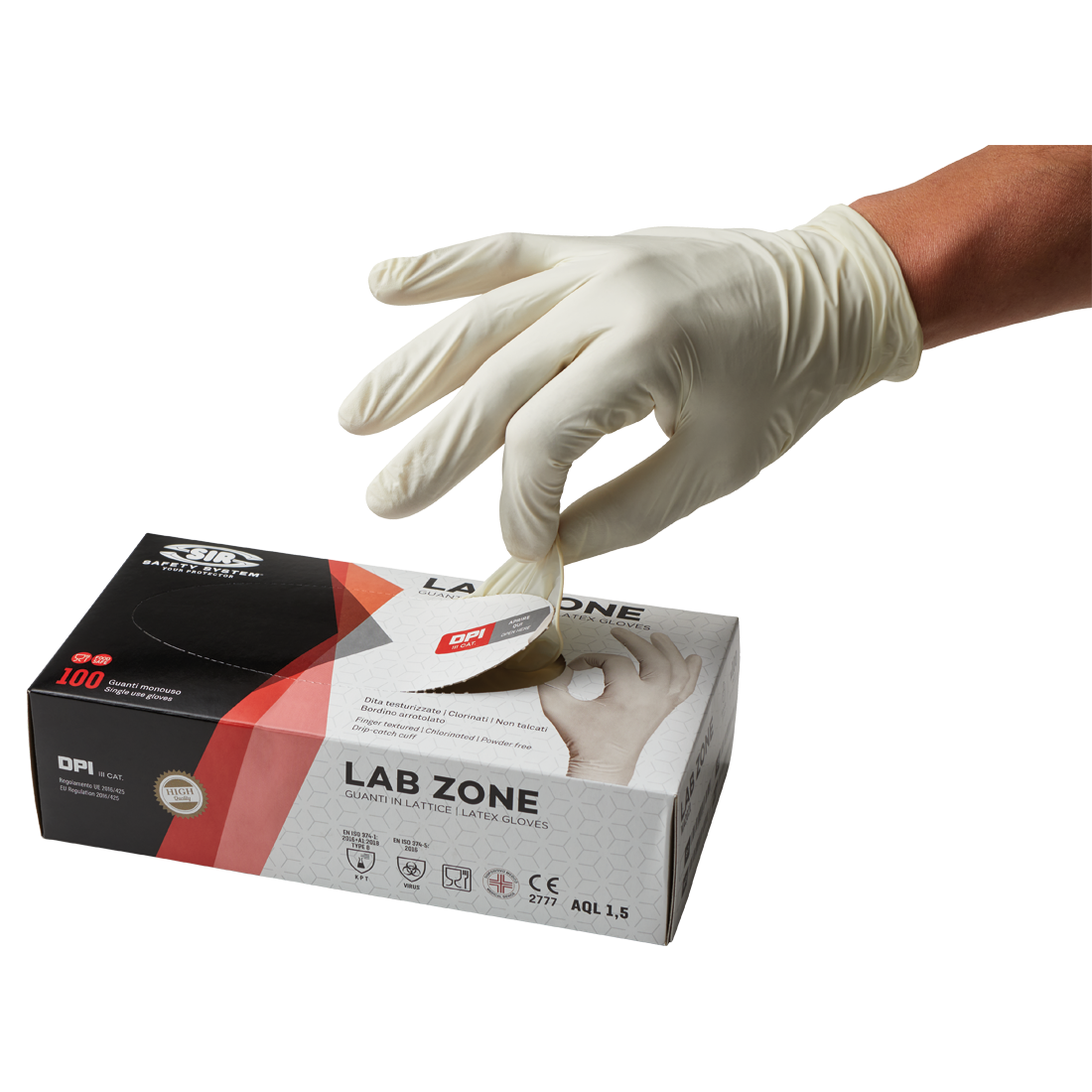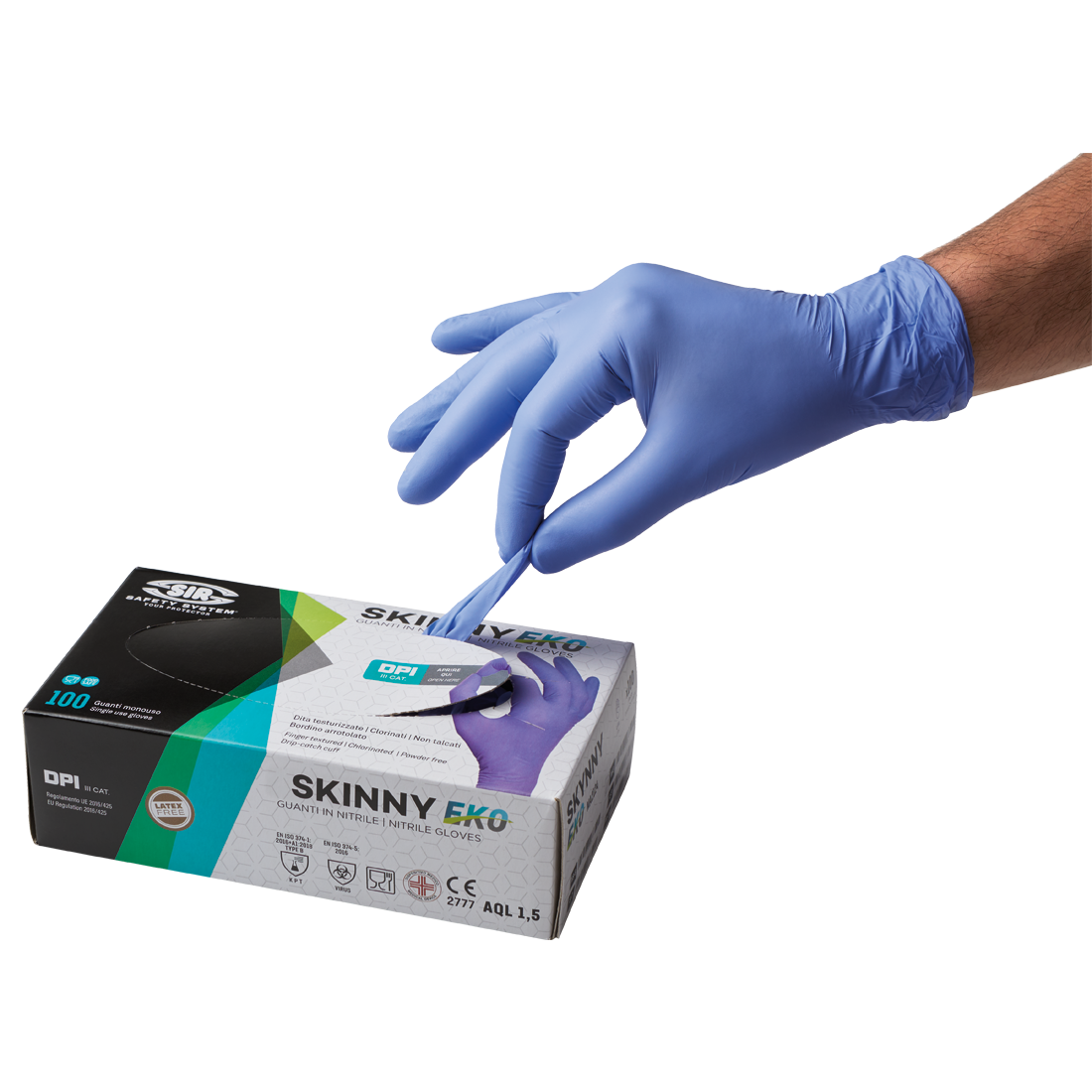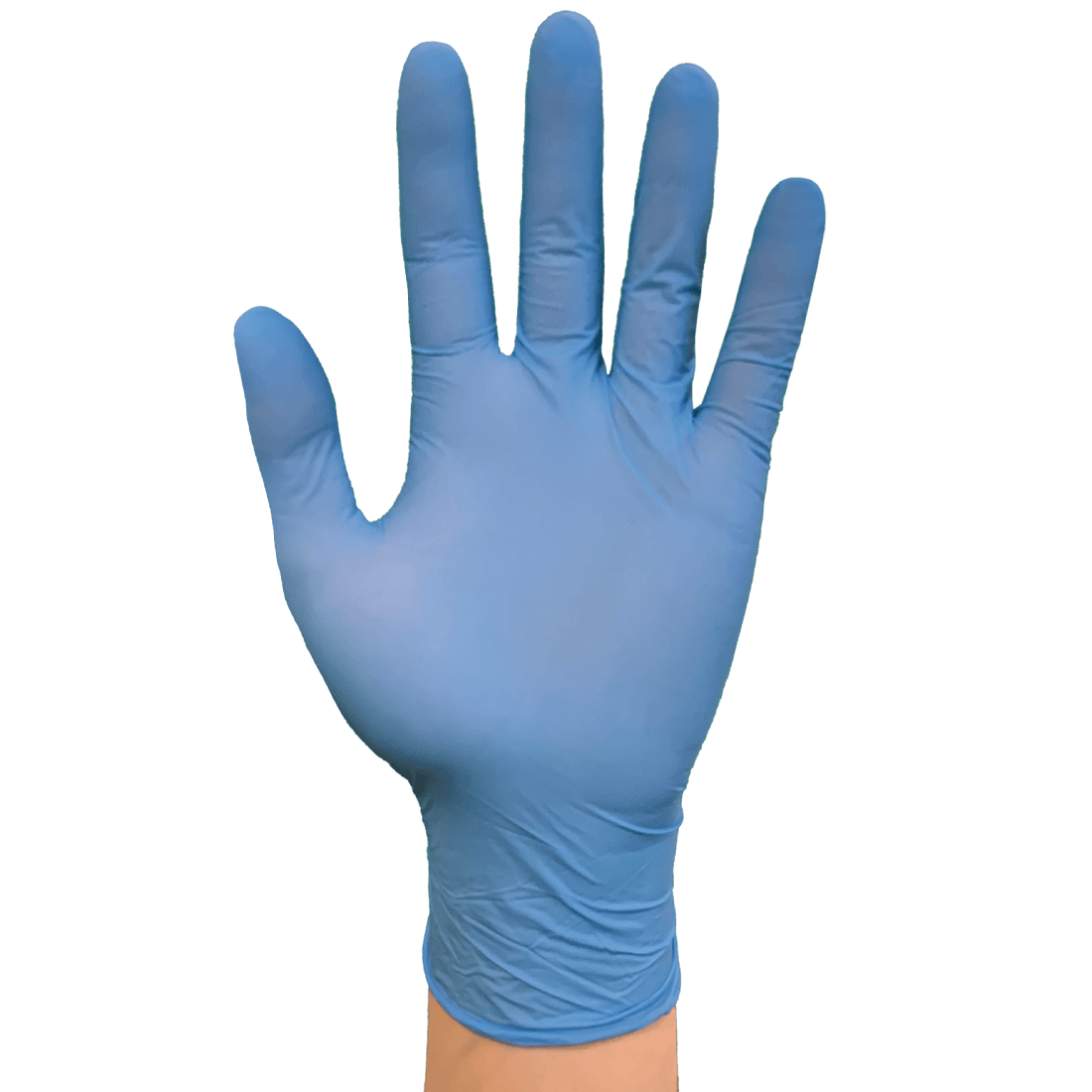The EN 455 standard specifies the requirements and provides the test methods for medical gloves for single use in order to establish: the absence of holes; the physical properties (to ensure they provide and maintain during their use an adequate protection level of both patient and user against mutual contamination); the storage duration; the evaluation of biological safety; labelling and disclosure of the information concerning the test methods used.
The raw materials with which the medical gloves for single use are manufactured are primarily:
• latex, natural substance obtained from the gum tree, to which several additives are applied to give the final product elasticity, tensile strength, permeability and sealing. Latex gloves are normally thin, adherent and comfortable; their use does not affect dexterity. The positive qualities are often nullified by the possibility of triggering allergies due to the latex proteins (the so-called allergic dermatitis from contact) however more possible when using gloves with lubricated dust. Contact with oils, grease and hydrocarbons (e.g. petrol) are absolutely forbidden.
• vinyl, obtained through polymerization of vinyl chloride. Industrially manufactured, since 1930, PVC, thanks to its versatility, resistance to wear, chemical and atmospheric agents and to fire, is ideal for a large variety of applications. It is an alternative to latex, with the great advantage of featuring high protective levels for acids and bases while it features low mechanical strength (breaking easily) and low elasticity; this is why it is often elasticized. It features poor resistance to cytotoxic substances. Contact with aromatic solvents (e.g. toluol) and ketones (e.g. acetone) must absolutely be avoided
• nitryl, synthetic product (belonging to the synthetic latex group), obtained by the copolymerization of acrylonitrile, butadiene and styrene; it features ideal abrasion resistance, puncture resistance and high elasticity. Contact with ketone solvents (e.g. acetone) and oxidizing acids (e.g. sulphuric acid, nitric acid) must absolutely be avoided.



